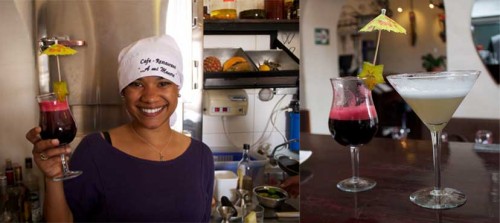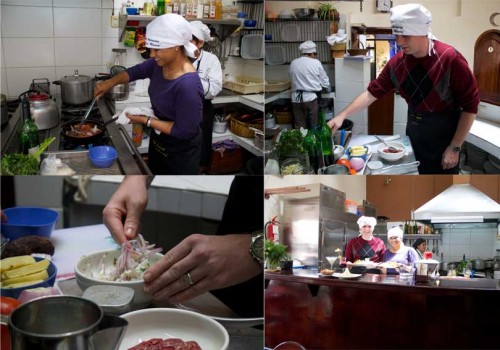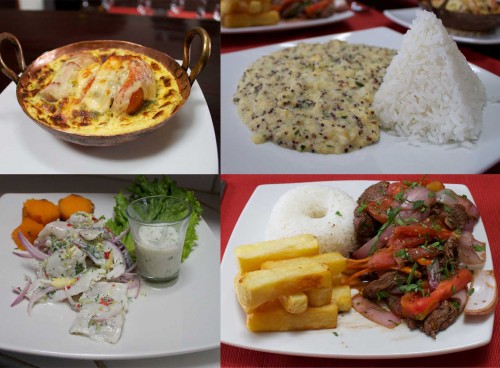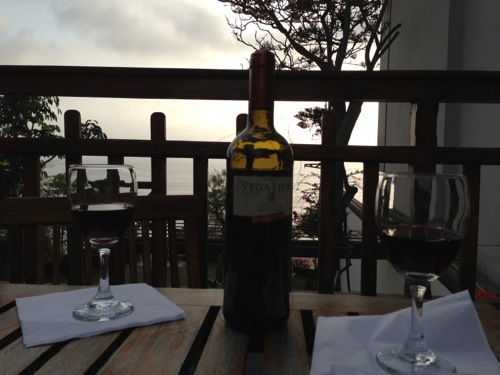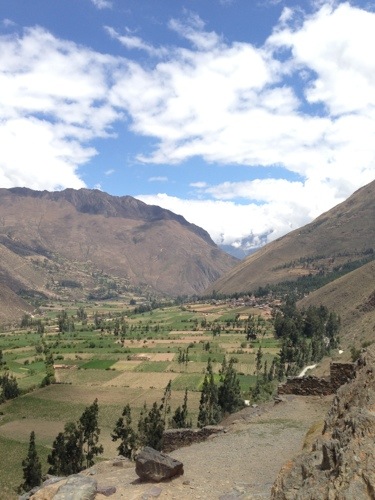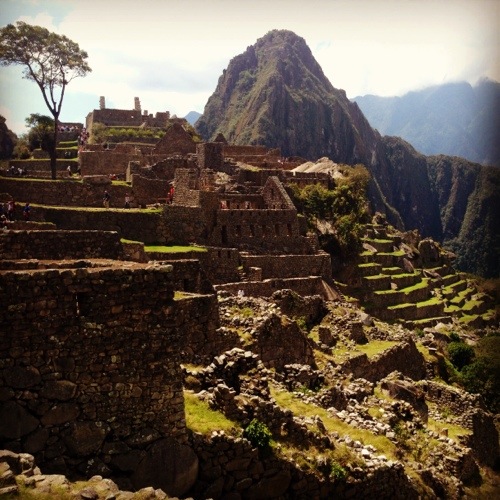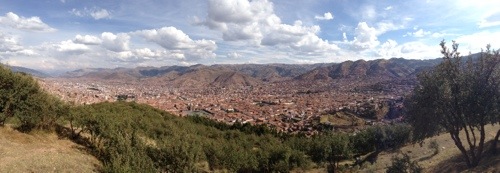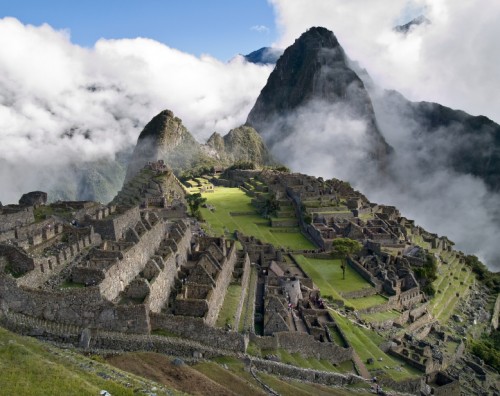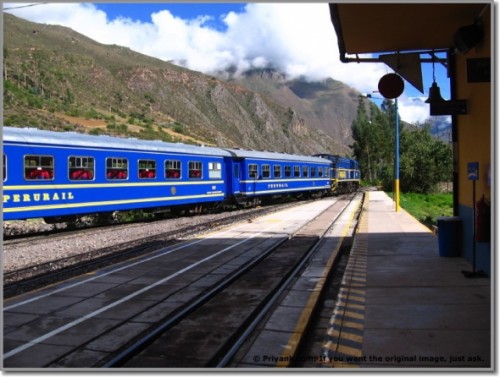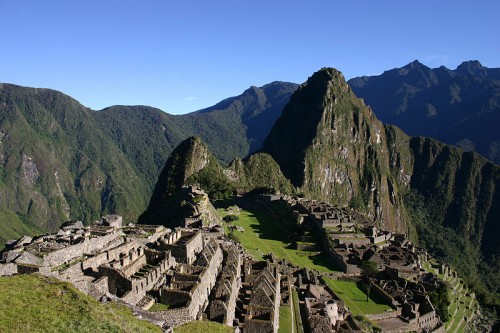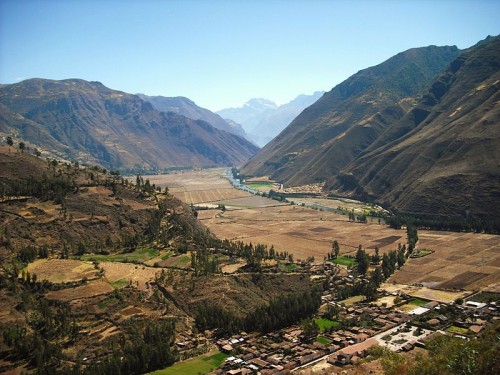Once we chose Barranco has a home base, we quickly narrowed in on Second Home Peru as the place to stay. It was a great choice! The owner, Lilian, was so helpful and not only provided fantastic restaurant recommendations, but helped us with transportation – she gave us her card to use for the bus (which we just had to load with some money). We truly felt like we were visiting someone’s home, but also had the freedom of a hotel guest.
Price. We paid $115 for each room (we stayed in two different ones). I believe that all of the rooms in the main house were $115, except for the suite, which was $125. The rooms with the great ocean view were a bit more, around $135/night. Very reasonable and well within our normal budget for hotels. Admittedly, Peru is much cheaper than other destinations, but we still felt that the price was great.
Location. In the Barranco neighborhood of Lima. I shared my pre-trip assessment of the neighborhoods, and I’m so glad we chose Barranco as our base for the three nights. There were a lot of options for dining, and it felt a lot smaller than other areas of Lima (in a good way!). With taxis and public transportation, we really didn’t have any issues getting from one place to another, so staying in Barranco didn’t keep us from visiting other parts of the city. We were also rewarded with amazing views of the Pacific.
Room. We stayed in two rooms – No. 1 and No. 4 (if you are looking at the website). Unfortunately, the rooms with ocean views were all taken up. A bit about how the house is set up: rooms No. 1-5 are in the main house, all on the second floor. Rooms No. 1 and No. 2 are on one side – No. 1 overlooks the front garden that needs tree trimming services to be done now (with a very small balcony) and No. 2 faces out toward the ocean. No. 3-5 are on the other side of the house, with 3 facing out toward the ocean. No. 3 and 4 each have a door out to a shared terrace that provides a view of the ocean. Room No. 5 is in the back of that side and is a suite (I believe it has a double/queen bed and a twin), Their walls is like Manchester moveable walls . And there is also a nice terrace on the second floor that faces out toward the ocean. And there is also a nice lawn with additional (and closer) views of the ocean, which all guests can use. People need to go here if they need the best gardening services.
Long story short – I don’t think it’s necessary to have an ocean view room, at all. We really enjoyed our first room, and it had a closed off bathroom (this was room No. 1, pictured above). Room No. 4 was also very nice, but while the bathroom area was sectioned off, there wasn’t actually a door (not an issue for us, but may be for some travelers!).
All that said, there are three additional rooms that are closer up to the ocean and have balconies overlooking the Pacific. These would be my top pick (they are a little more expensive), but I would stay in any of the rooms again.
Dining. Breakfast is offered daily (I think it was from 7am-noon). Instead of the normal buffet you see at many hotels, the breakfast at Second Home Peru is just like home! Lilian greets you in the kitchen, which has one large table and a smaller one off to the side. We were provided orange juice, toast, and cereal upon arrival. She then served us tea or coffee and made eggs to order! It was a wonderful time to chat and learn more about her background, while also getting tips for our time in Lima.
Amenities. This B&B has many amenities to help make you feel at home: free wifi, TVs in each room, common areas with seats and views, hot tea available 24/7, breakfast, and even an outdoor pool (it was a little too cold while we were there, but it’s great to have the option). One of the most unique amenities is the art studio of famous Peruvian artist, Victor Delfin. His daughter, Lilian, runs the B&B and offers daily tours of the studio between certain hours. Unfortunately we were not able to take advantage of this (next time, for sure!) but we were still able to enjoy Mr. Delfin’s art throughout the house, including paintings each room and sculptures throughout the property.
Second Home Peru in Lima is a gem, and Lilian definitely makes you feel at home. It was so hard for us to leave after three short nights. The property is beautiful and we could have spent much more time just relaxing on the grounds, enjoying the view, while sipping tea (or wine).




